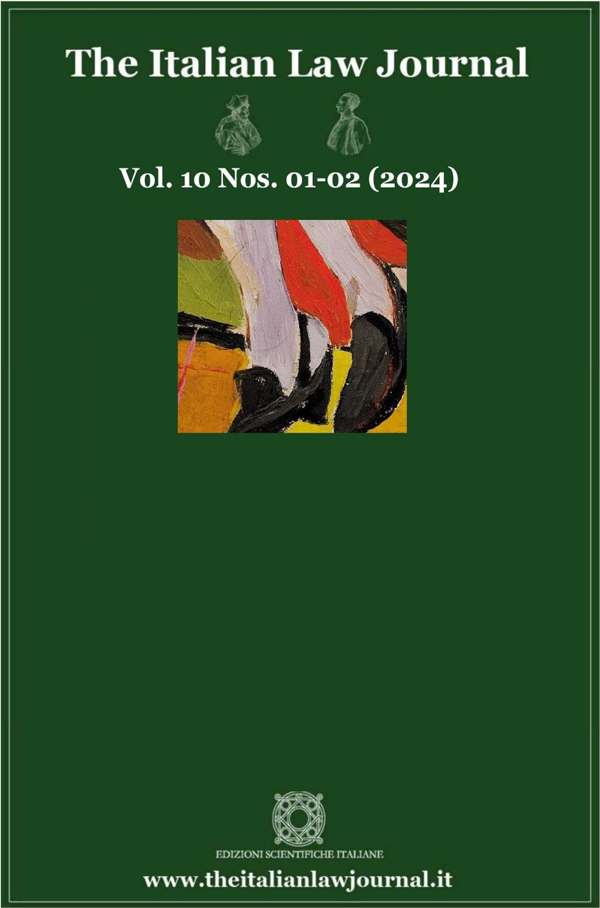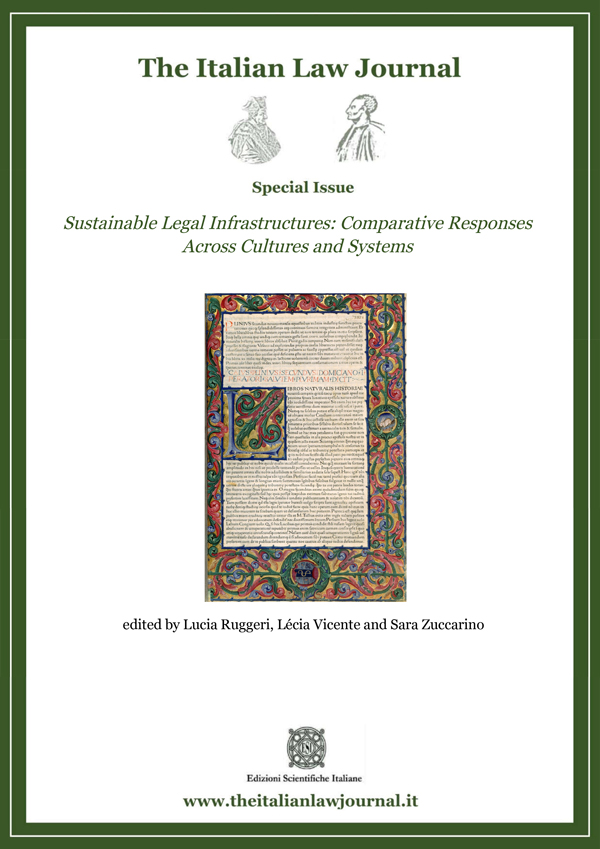3 THE ITALIAN LAW JOURNAL NO. 1 (2017) The Legal Anatomy of Electronic Platforms: by Teresa Rodríguez de las Heras Ballell Digital economy is nowadays a Platform economy. This pervading expansion of platforms has been triggered by their value-creating ability and trust-generation potential. The emergence and increasing popularity of disruptive models, such as sharing-based economy, crowdfunding or fintech variants, have been greatly accelerated by platform-based solutions. Platforms have also transformed social, political, public and educational contexts by providing participative and collaborative environments, creating new opportunities, facilitating the creation of communities, mobilizing resources and capital, and promoting innovation. Along with these visible social and economic disruptions, platforms are also legally disruptive. Their self-regulating power, the internal relational complexity, and the potential role of platform operators for infringement prevention and civil enforcement in a possible policy shift towards an increasing intermediaries’ responsibility have triggered regulatory interest. The aim of this Paper is to examine the platform model in order to explore the legal anatomy of electronic platforms and identify the key issues to consider for possible legislative actions in respect of the same within the context of the European Union (EU) Digital Single Market. First, the analysis concludes that existing transaction-oriented rules are insufficient to fully cover all legal angles of platforms and do not capture its ‘institutional dimension’. Regulations would have to define operators’ obligations in relation to users’ protection, transparency, prevention or private enforcement. Then, the first key regulatory issue to consider is the role that platform operator may or should play. Second, the analysis reveals that the binominal division of information society service providers is not entirely consistent with the actual role of platform operators for the purposes of the application of the specific intermediary liability rules. Thus, the adoption of a set of uniform criteria under which the platform operator might be deemed as an intermediary, and the devising of a common liability regime for platforms would be critical areas to focus regulatory attention on. Third, as the community-based architecture of platforms enables the articulation of decentralized trust-generating mechanisms (reputational feedback systems, recommender systems, rating and listing), it would be pertinent to consider the elaboration of uniform concepts regarding those decentralized reputational systems, speculate on possible common criteria in design and operation (good practices, standards), and ultimately clarify liability scenarios.
A Prior Study to Assess the Need of a Law of Platforms in the EU




























